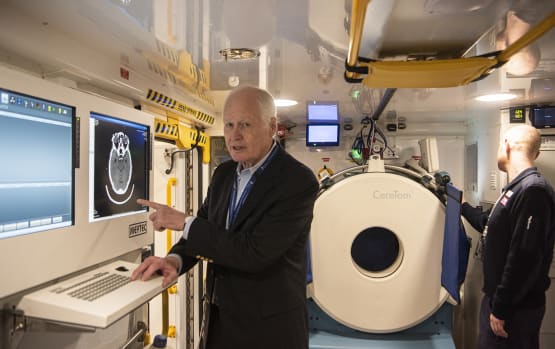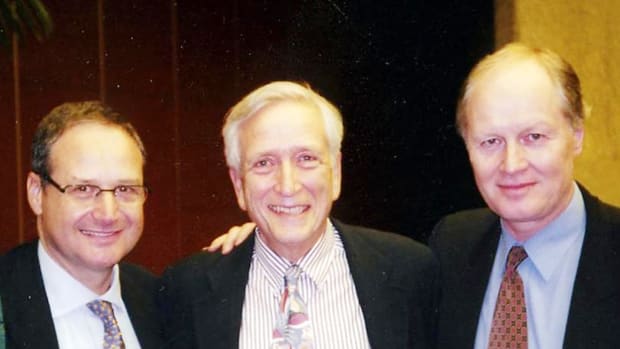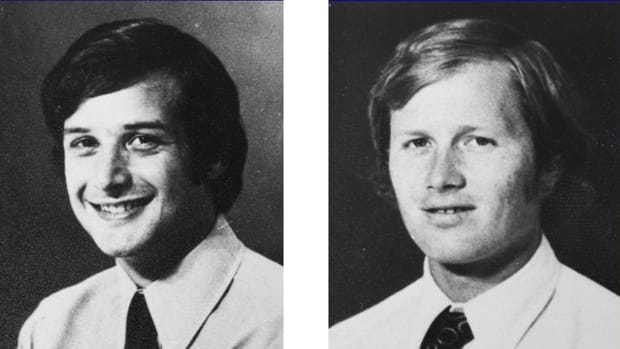My nihilism on stroke has not lifted one bit. You should still be terrified if you have a stroke today.
All the failures here in one list; My nihilism list;
1. 30% get spasticity NOTHING THAT WILL CURE IT.
2. At least half of all stroke survivors experience fatigue Or is it 70%?
Or is it 40%?
NOTHING THAT WILL CURE IT.
3. Over half of stroke patients have attention problems.
NOTHING THAT WILL CURE IT.
4. The incidence of constipation was 48%.
NO PROTOCOLS THAT WILL CURE IT.
5. No EXACT stroke protocols that address any of your muscle limitations.
6. Poststroke depression(33% chance)
NO PROTOCOLS THAT WILL ADDRESS IT.
7. Poststroke anxiety(20% chance) NO PROTOCOLS THAT WILL ADDRESS IT.
8. Posttraumatic stress disorder(23% chance) NO PROTOCOLS THAT WILL ADDRESS IT.
9. 12% tPA efficacy for full recovery NO ONE IS WORKING ON SOMETHING BETTER.
10. 10% seizures post stroke NO PROTOCOLS THAT WILL ADDRESS IT.
11. 21% of patients had developed cachexia NO PROTOCOLS THAT WILL ADDRESS IT.
12. You lost 5 cognitive years from your stroke NO PROTOCOLS THAT WILL ADDRESS IT.
13. 33% dementia chance post-stroke from an Australian study?
Or is it 17-66%?
Or is it 20% chance in this research?
NO PROTOCOLS THAT WILL ADDRESS THIS
But the positive chest thumping here.
Two Melbourne mates have taken the terror out of having a stroke
Two old friends who met at Melbourne’s medical school and have worked together for the past 40 years, are on the brink of changing the way people are treated for stroke around the world.
They have taken a highly limited treatment and made it accessible at scale. This took 10 years to achieve and is built on their life’s work.
Professors Geoffrey Donnan and Stephen Davis were already international figures in stroke medicine but are now at the forefront.

One day, this young pair decided to draw up a list of treatments for stroke. There were none. Their page was depressingly blank.
Advertisement
Safe and effective treatment
Finding a treatment to stop this is a challenge for every neurologist. While Davis and Donnan never found one, they have found a safe and effective way to open an existing treatment potentially to millions.
Stroke is the second most common cause of death globally and the most common cause in Asia.
Their
work has the potential to increase, by 33 per cent, the number of
people who will walk out of hospital after a stroke, go home and resume
normal living.As young neurologists, in the early '80s, Davis and Donnan went separately to Massachusetts General Hospital in Boston to do fellowships.
There, they were both mentored by a pioneer of brain imaging, Robert Ackerman, who made a deep impression on them.
Ackerman was one of the first in the world to visualise a phenomenon that, according to Davis, is best described using the image of a fried egg.
In this egg, the yolk is comprised of dead brain cells. The white cells are still viable but desperately short of blood.
Fried egg theory
Most strokes are caused by a clot that blocks blood flow somewhere in the brain. Depending on where this happens, a cluster of brain cells die.These form a dead core (the yolk) around which an area of tissue is still alive, but struggling (the white).

In medical terms, the white is called the “ischaemic penumbra”, with ischaemic meaning deprived of blood.
Ackerman demonstrated this on a machine, home-built at the hospital. It was primitive, complicated and difficult to use but it inspired the young Australians.
At the time, finding a sophisticated form of imaging that would make it possible to visualise the penumbra in real time and restore its blood flow, was the Holy Grail of stroke treatment.
Back home in Melbourne, the two men recognised the strong intellectual chemistry between them and it wasn’t long before they figured that they could make more headway together than alone.
Overcoming failure
So, they collaborated and in the process, built a friendship based on trust. Over the decades, they have toasted their wins with a quiet whisky and encouraged each other to “press on” whenever an idea failed or when they were pipped to the post.As Donnan says, “with research you can fail 20 times before you get a win”.
Their synergy was so powerful that they created professional stroke associations, clinical trial groups, regional organisations and international ones too. First one of them became president of the World Stroke Organization and then the other.
Donnan’s career took him to the top of Melbourne’s prestigious Florey Institute of Neuroscience. After running it for a decade, he is now at The Royal Melbourne Hospital.
At this same hospital Davis built his career and today leads the Melbourne Brain Centre. He also heads Translational Neuroscience at the University of Melbourne.
Stroke is a big problem in Australia. In the five minutes it might take you to read this story, between 40 and 50 Australians would have had one. That makes about 60,000 a year.
There are two kinds of strokes. The less common one is caused by a vessel bursting and bleeding into the brain. There is no magic treatment to reverse the damage this causes.
The common stroke, which occurs 85 per cent of the time, is caused by a clot. Dissolving clots is not new.
Clot-busters
When clot-busting drugs were used in the mid-1980s to restore blood flow after a heart attack, neurologists thought they might work in the brain too.Many attempts were made – including by the Melbourne pair – but none worked. They did, however, produce useful building blocks of information and in the mid-1990s, the Americans had a breakthrough.
They cleared clots and saved the penumbra. For many patients this was miraculous because instead of going into a nursing home forever, they went back to work.
This brought tremendous celebration but it also brought caution. It only worked within three hours of the stroke occurring. This was very restrictive as some people wake up with the symptoms of stroke and don’t know when, during the night, it occurred.
For others, there are often delays getting help and delays in hospital, where they have to be scanned to confirm their eligibility for a clot buster. With so much to do, very few patients slipped in under three hours.
However, energised by this breakthrough, a global race began to extend this time limit. The Melbourne mates almost managed to achieve this, but failed.
Then, in 2008 the Germans announced they’d widened the window to 4.5 hours by meticulously and slowly expanding it.
Time is brain
This was excellent news and public health campaigns began urging people to recognise the symptoms of stroke, calling for faster transport to stroke centres and for more efficiency and speed in emergency departments.“Time is brain!” became the slogan of the rush to treatment.

Then last month, Donnan and Davis published a study showing they had done it. They had doubled the window to nine hours. “There are not many patients now that you can’t consider for this treatment. It represents quite a shift,” Donnan says
To achieve this, they used sophisticated imaging and algorithms. This determined if the egg white was still viable, because in some people it survives longer than others.
So, rather than patients being subjected to a standard scan and time limit, they individualised treatment so it can potentially be used for wake-up patients and anyone arriving at hospital within nine hours.
“This is based on a vision we have shared since the late '70s," says Davis.
But every minute still counts and the sooner people are treated, the better. To accelerate treatment, last year the pair introduced Australia’s first mobile stroke unit.
So far, this specially equipped ambulance, with a scanner and trained stroke team on board, is halving the time to treatment.
Stroke-capable ambulances
It is being tested within a 20km radius of The Royal Melbourne Hospital and the pair are now thinking about stroke-capable road and air ambulances for regional and remote areas too.In the meantime, these areas receive support via telemedicine. A neurologist is always on call to look at scans and advise local doctors on a course of treatment.
There have been other developments, including a brilliant mechanical treatment that uses a wire device to retrieve a clot lodged in a large vessel.
The Melbourne pair were involved in this too and drew important lessons from it. The problem is that most clots lodge in vessels too small for the device.
This means clotbusters are still the workhorses for acute stroke and getting them to work many hours after the event is what their study, published in The New England Journal of Medicine, achieves.
An editorial in the journal said it had “shattered an important barrier to the treatment of acute stroke” but that results need to be validated.
An intellectual companion
So is their evidence strong enough to change clinical practice?“We believe it is,” says Donnan. To change practice two things are needed: a high-level trial and an analysis of all the studies on the topic, which has since been published in The Lancet, and provides the validation.
The old nihilism has lifted. "The availability of treatment now, compared to when Stephen and I started, is the difference between day and night,” says Donnan.
Davis says finding an intellectual companion with whom he could feel completely comfortable and confident, was a gift.
“There is something in our collaboration that has been unique. We have tried to share all the way and we hope this sets an example for our talented younger neurologists.”
Jill Margo is an adjunct associate professor at the University of NSW Sydney.

No comments:
Post a Comment